Learn letters better and easier? Engage the sense of touch!
Author: Corina de Boer-Vreeke
Mother and trainer
Want to learn better and more easily? Engage your sense of touch!
Anyone who works with young children knows how eager they are to learn. They hang on your every word when you tell a story, can stare at countless pictures for ages, want to feel new things, try them out, play with them, and smell them. In short, they engage all their senses to explore and learn from new things. 
Imagine my surprise when our children started school... They learned all sorts of new things, but mostly by listening and watching! Smell, taste, touch... they weren't being used.
A missed opportunity, because the more senses you engage when learning new things or remembering information, the better and faster you will remember.
Quick scan
It's actually quite logical. Each sense stores the information it receives in a different part of the brain. When you want to remember something, your brain performs a kind of "quick scan" of the subject you want to recall. The more places the "scanner" encounters information, the faster you'll remember it.
This is, of course, great to know if, for example, you're starting to learn letters and numbers in grade 3. The sense of touch is very easy to engage in this process.
Feeling letters
With tactile letters, for example. Tactile letters come in various shapes and sizes. There are cursive and capital letters made of wood, wooden letters with a layer of sandpaper, blocks with letters cut out of them, and plastic letters. I'd like to tell you more about the latter, because I've tested them.
Writing with your eyes closed
With the blue (consonants) and orange (vowels) tactile letters from Learning Resources, you can fully explore the feeling of letters. The big advantage of these letters is that they have a pattern on the back. There's a starting dot. From that dot, triangles extend in the direction of the letter's writing. By running your finger along the back of the letter, you can feel exactly how to write it. By doing this a few times with your eyes closed, you'll create a pathway in your brain that will recognize this letter and connect it to a writing motion.
Test
I took the set of tactile letters to my nieces, who are 5, 6, and 9 years old, respectively. First, I laid the letters on the floor, along with a tactile house, and watched what they would do with them.
The letters were immediately placed in the tactile house , and I had to sit behind it. One by one, the letters were picked up and the guessing process was on. Well, it turns out that p, d, and b are quite similar . After explaining how the dots and triangles on the back work, these letters quickly became no problem either.
Then words… I put words in the little tactile house and started feeling! "Too easy words, Aunt Corina. We'll do it ourselves!" I sat there, my mouth open, watching the long words they came up with for each other. They're better at challenging each other than I am. They played with it for ages and had fun learning.
Variation
1. Besides putting letters and words in a tactile house (or in a box or under a tea towel), you can also hide letters in a container with rapeseed, sand, or shaving foam, for example . You can give the children a word, and they have to retrieve the letters from the container, either in order or not.
2. Or you blindfold the children, mix up all the letters and have them put the alphabet in order.
3. And what about recreating the letters with clay ? Make small clay rolls and place them in the direction of writing, or stamp them in clay. 
4. Of course, you can also simply place the letters in the play corner . Peek around the corner every now and then and learn new uses for them from the children in your group. Open-ended play setting.
The sense of touch…Turn it on!

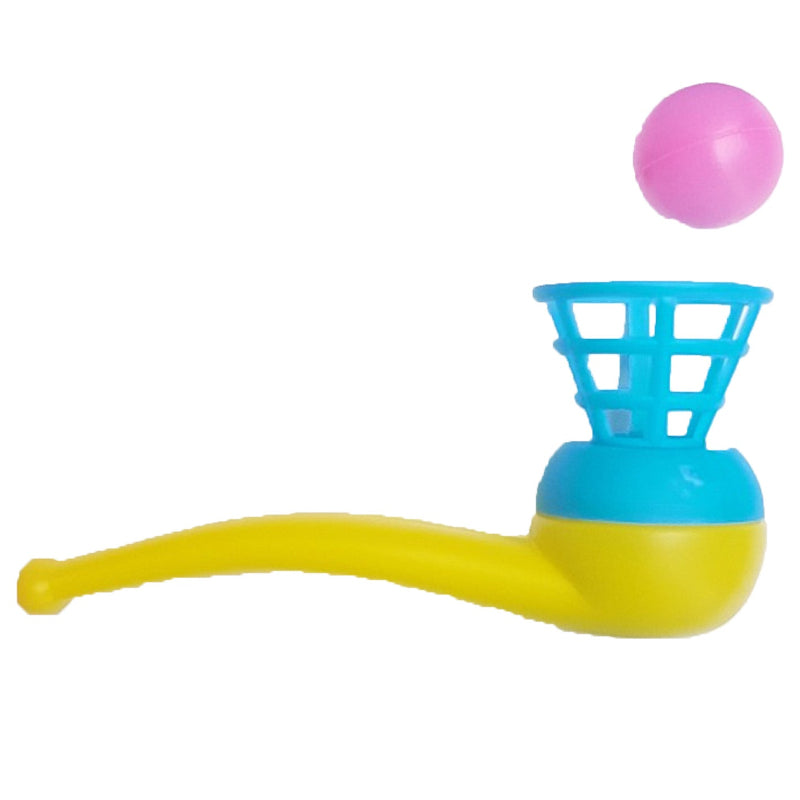






























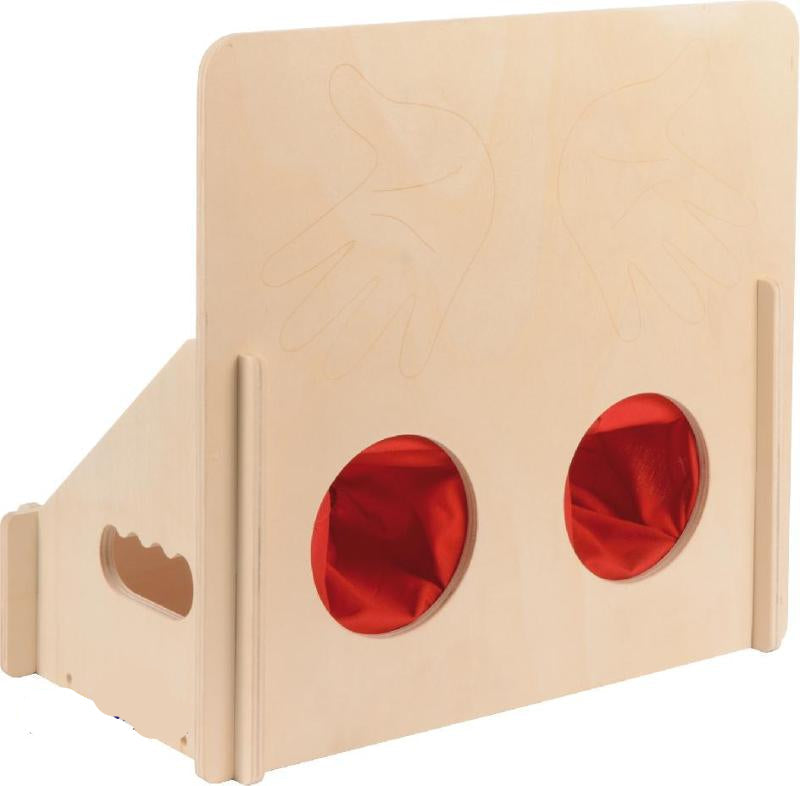
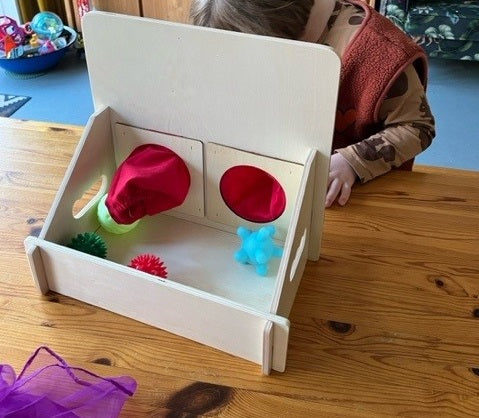

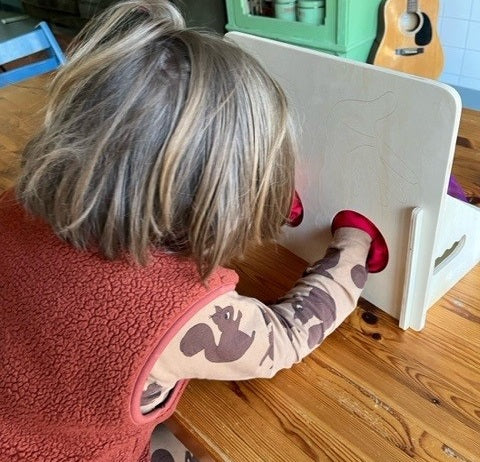





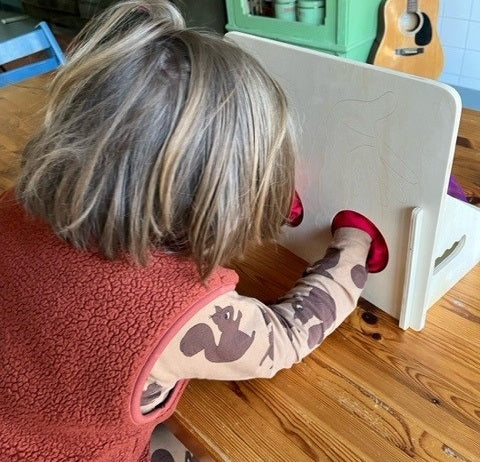

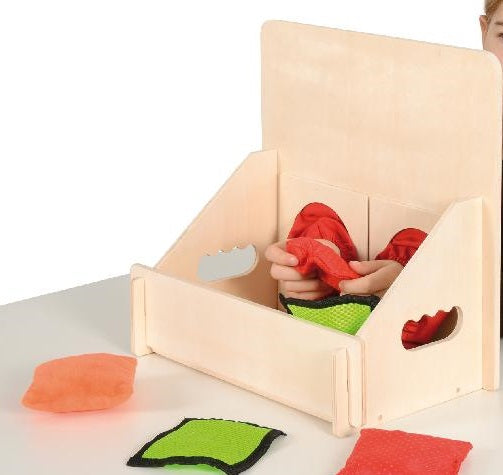
Leave a comment